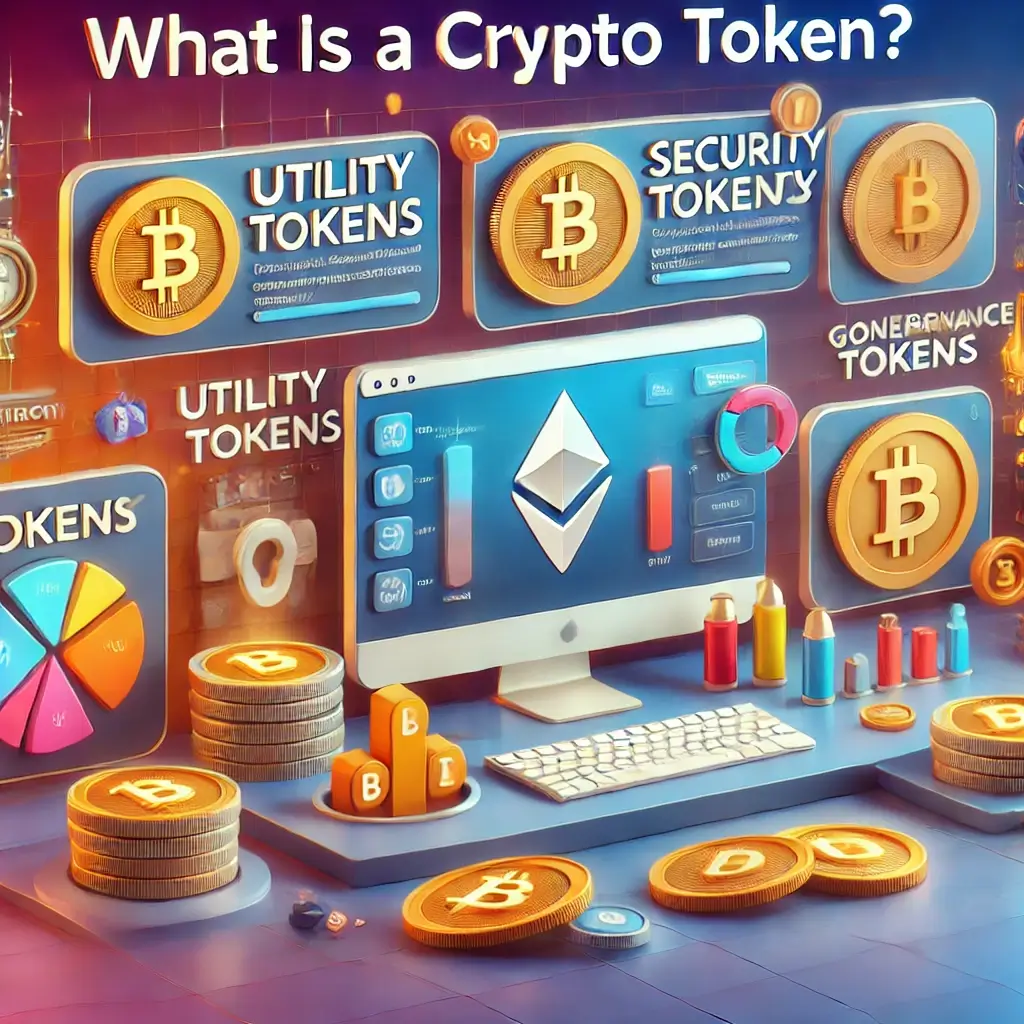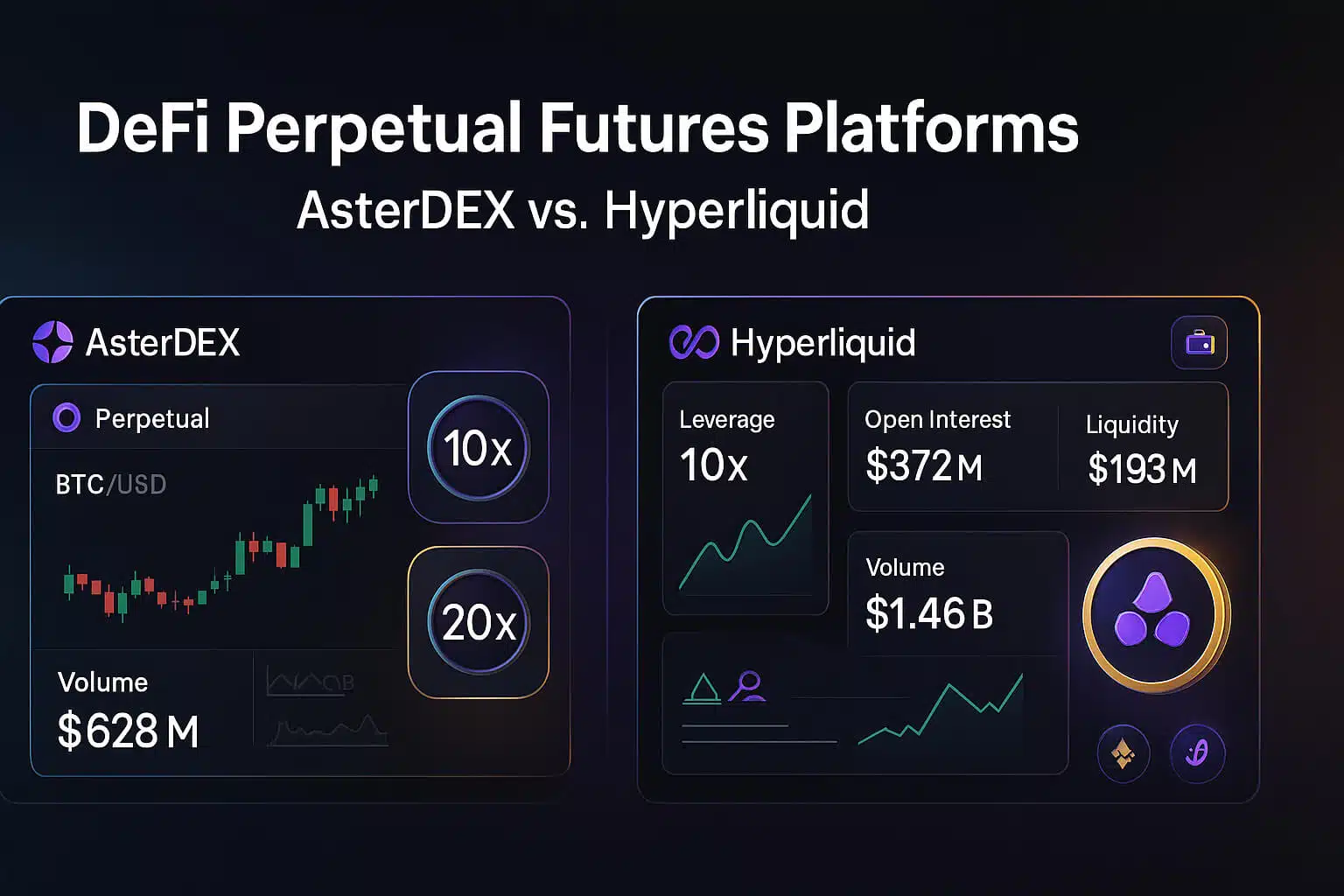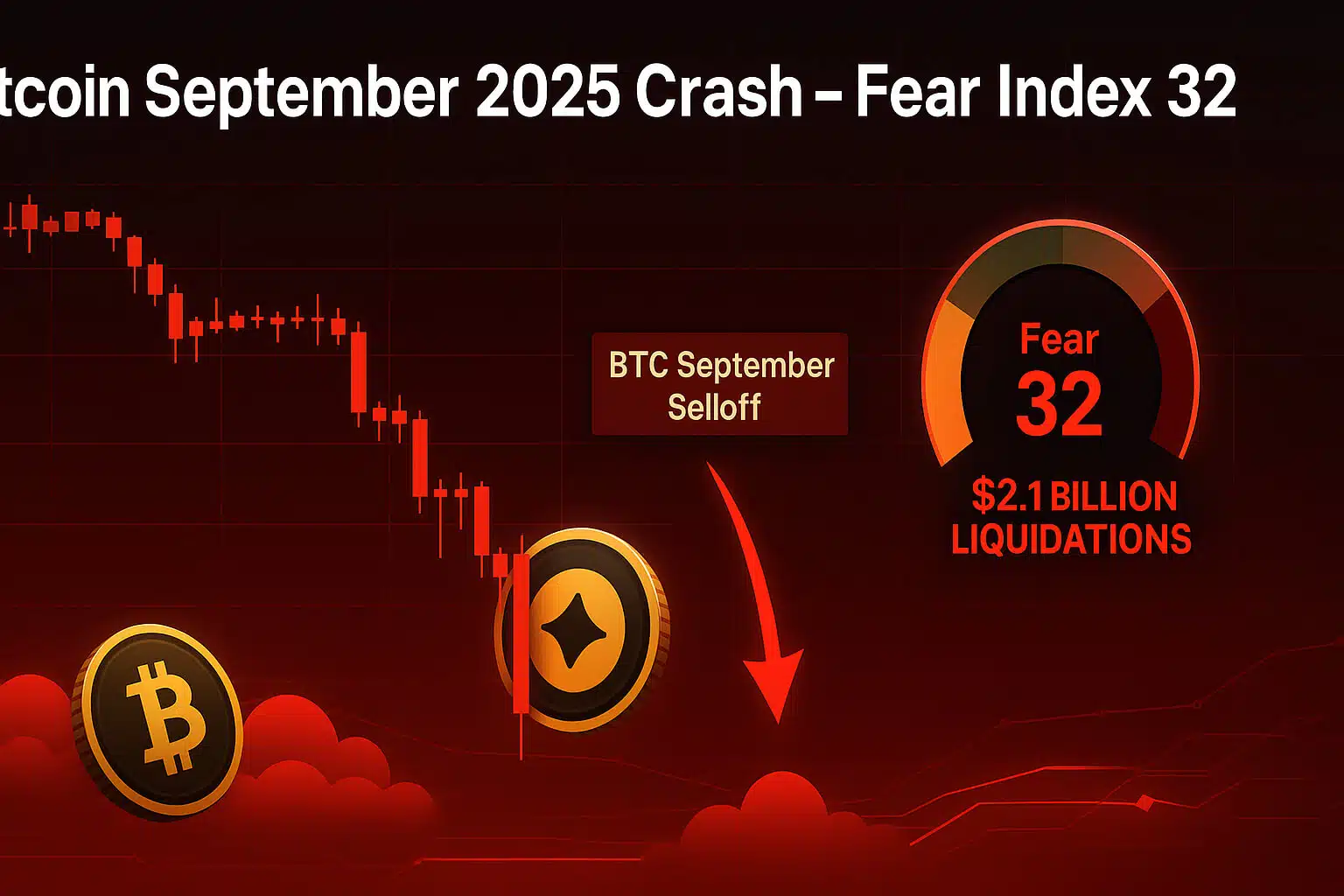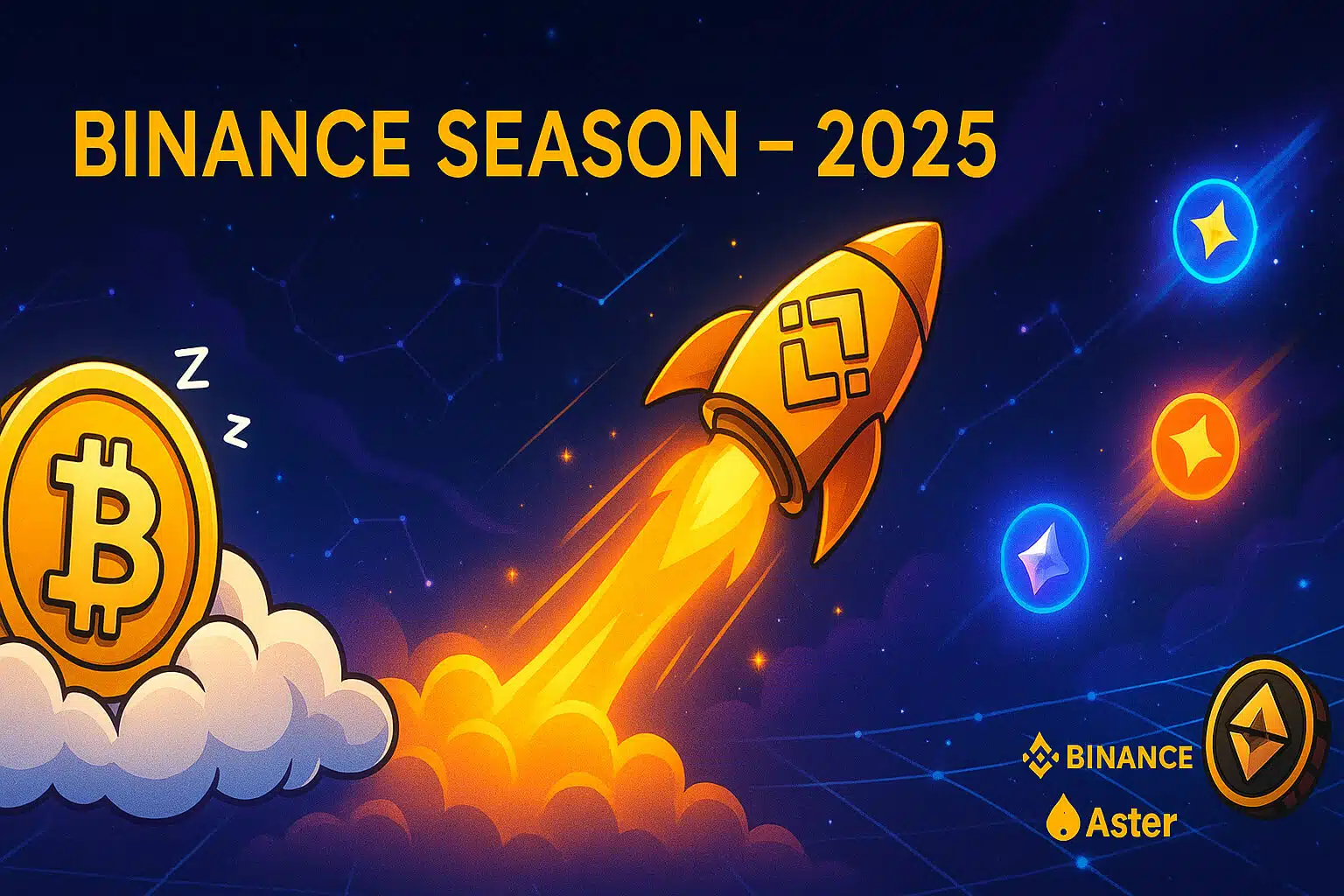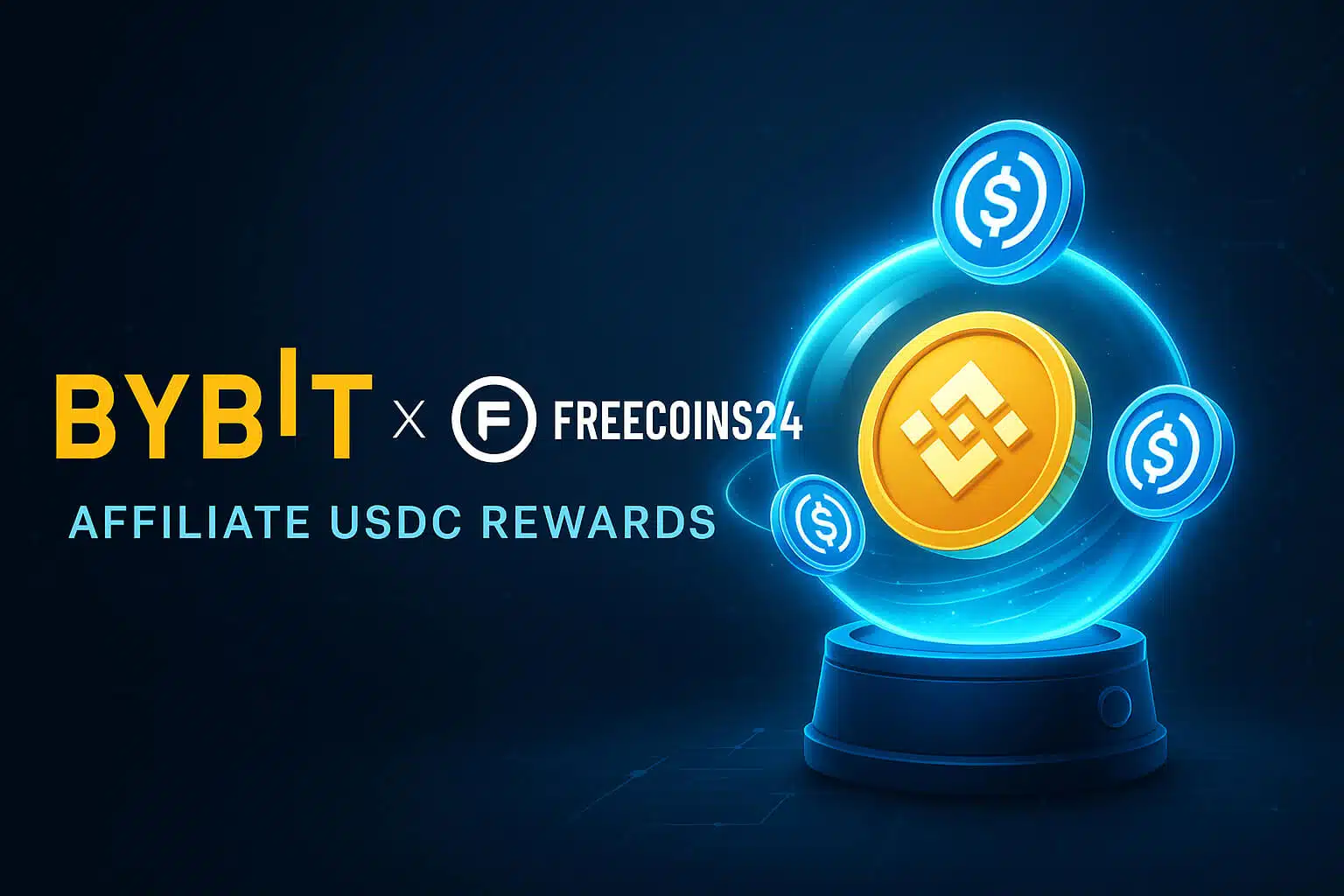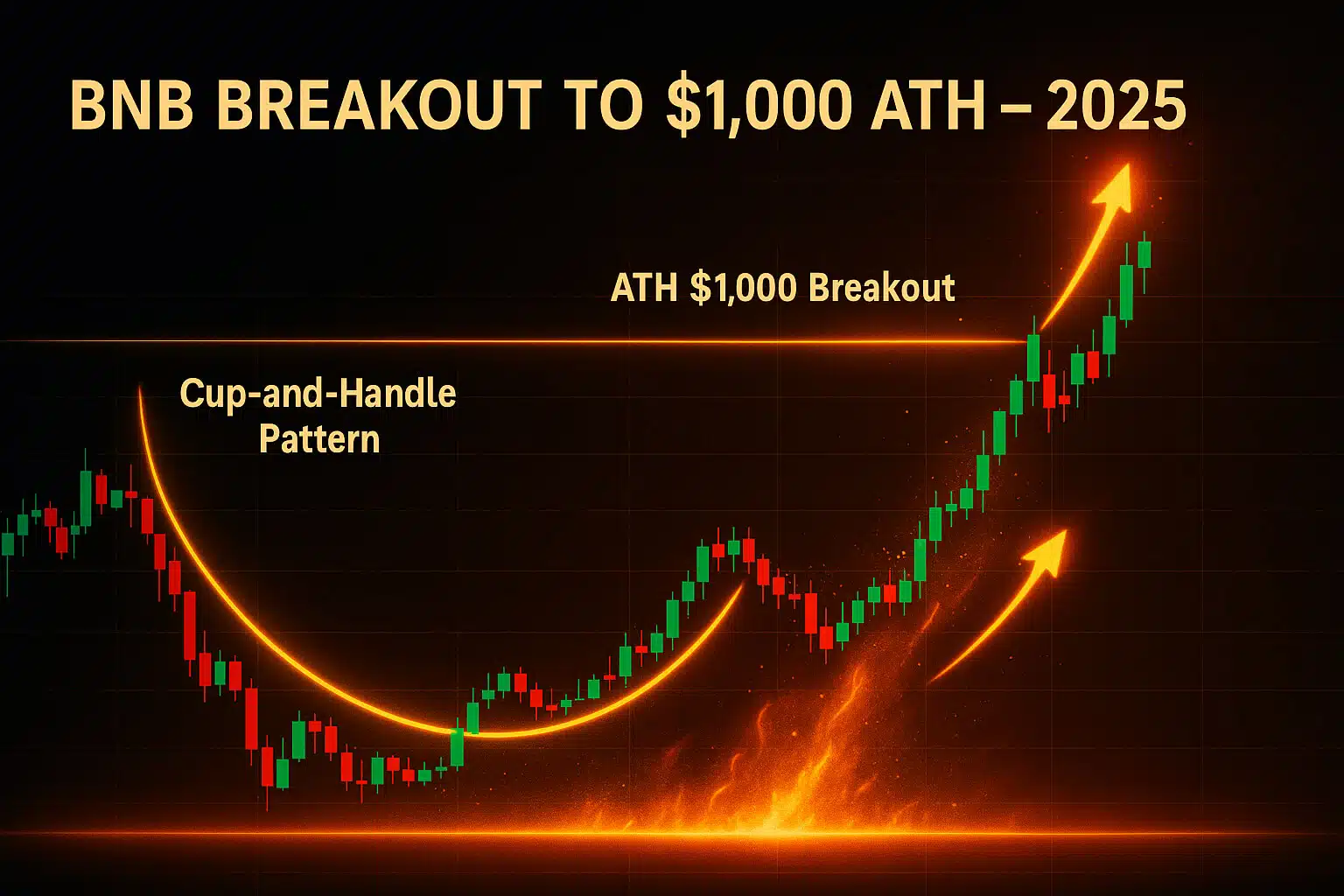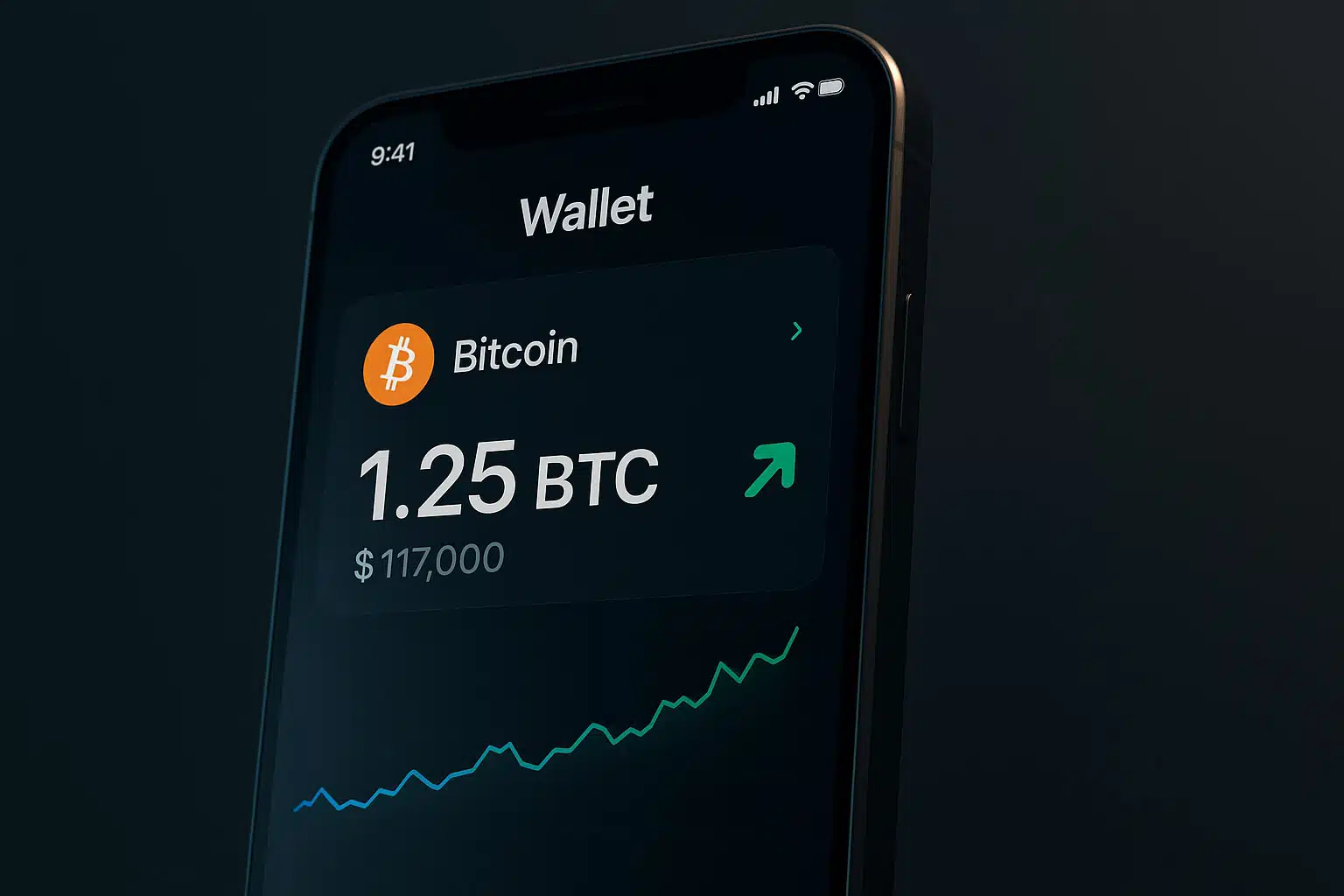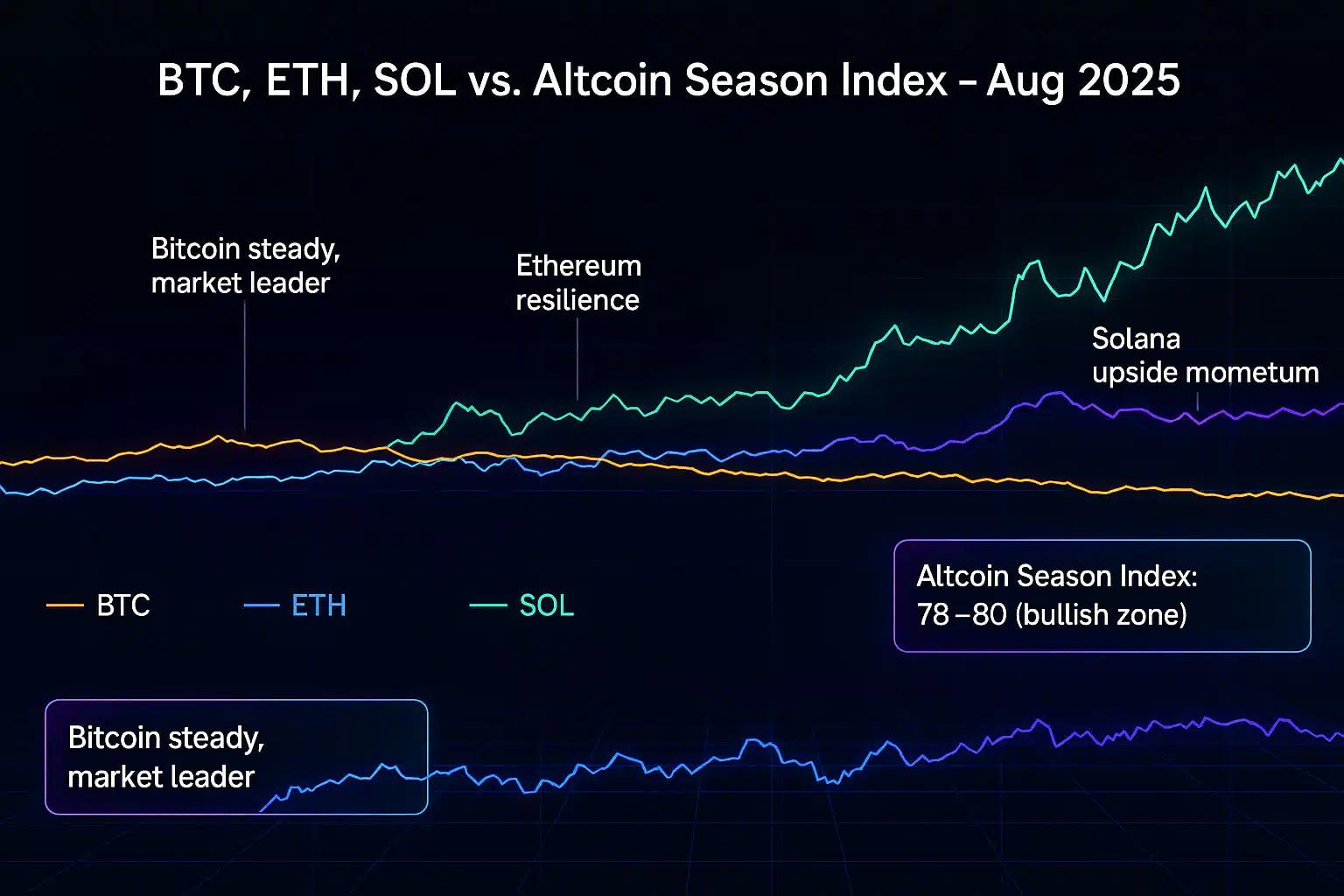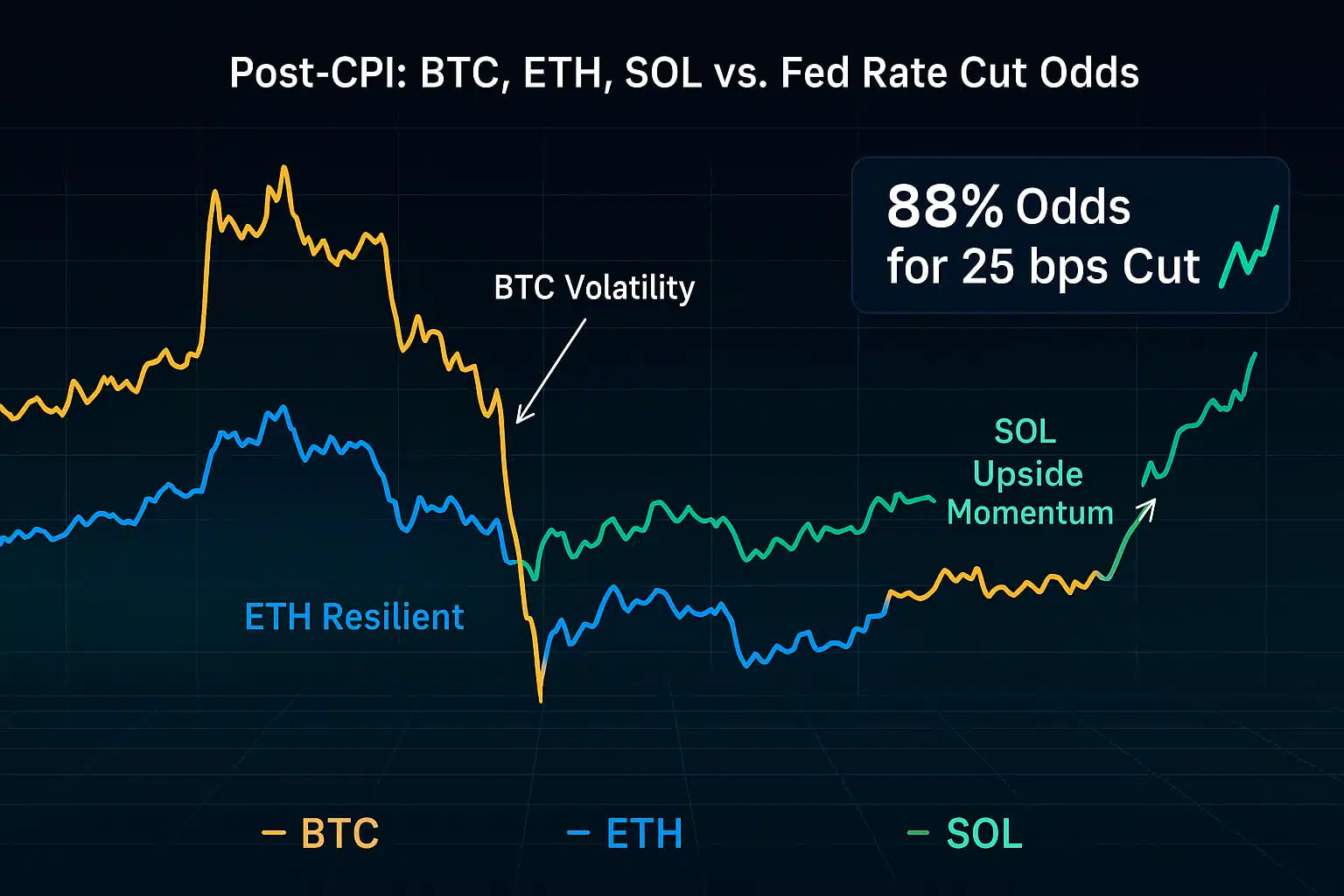What is a Crypto Token?
Cryptocurrencies have revolutionized the way we think about money, and crypto tokens play a crucial role in this digital transformation. This guide will explain what a crypto token is, how it works, and its various applications within the blockchain ecosystem. We will provide detailed explanations and real-world examples.
Introduction
Crypto tokens are digital assets that exist on a blockchain. They can represent a variety of assets or functionalities, from currency and property rights to access to specific services and voting rights in decentralized organizations. Understanding what a crypto token is and how it works is essential for navigating the world of cryptocurrency.

1. Definition of a Crypto Token
A crypto token is a type of cryptocurrency that represents an asset or a utility on a blockchain. Unlike coins like Bitcoin or Ethereum, which operate on their own blockchains, tokens are built on existing blockchains using smart contracts.
- Types of Tokens: Tokens can be broadly categorized into utility tokens, security tokens, and stablecoins.
2. How Crypto Tokens Work
Crypto tokens are created, distributed, and managed through smart contracts on a blockchain. Here’s a breakdown of how they function:
- Creation: Developers create tokens through a process known as an Initial Coin Offering (ICO) or a Token Generation Event (TGE). They use smart contracts to mint a certain number of tokens.
- Distribution: Projects distribute tokens to investors, users, or stakeholders, often in exchange for other cryptocurrencies like Bitcoin or Ethereum.
- Management: The underlying smart contracts manage the token’s functionality, such as transfers, balances, and additional features like staking or voting.
Example: Ethereum’s ERC-20 standard serves as a popular framework for creating tokens on the Ethereum blockchain. It provides a set of rules that all tokens must follow, ensuring compatibility and interoperability.
3. Types of Crypto Tokens
Understanding the different types of crypto tokens is crucial for grasping their various applications.
- Utility Tokens: These tokens provide access to a product or service within a blockchain-based platform. They are not intended as investments but rather as a means to use the platform’s features.
- Example: Basic Attention Token (BAT) is used within the Brave browser to reward users for viewing advertisements.
- Security Tokens: These tokens represent ownership in an underlying asset, such as shares in a company or real estate. They are subject to regulatory oversight.
- Example: tZERO (TZROP) represents equity ownership in the tZERO platform and entitles holders to dividends.
- Stablecoins: These tokens are pegged to a stable asset like a fiat currency or a commodity to reduce volatility.
- Example: Tether (USDT) is pegged to the US dollar, providing a stable value for trading and transactions.
4. Applications of Crypto Tokens
Crypto tokens have a wide range of applications within the blockchain ecosystem, enhancing the functionality and value of blockchain projects.
- Decentralized Finance (DeFi): Tokens are used in DeFi platforms for lending, borrowing, and earning interest. They enable financial services without intermediaries.
- Example: Compound (COMP) allows users to lend and borrow cryptocurrencies, earning interest on their assets.
- Governance: Some tokens grant voting rights within decentralized autonomous organizations (DAOs), enabling token holders to influence project decisions.
- Example: Uniswap (UNI) tokens allow holders to vote on changes to the Uniswap protocol.
- Access and Utility: Tokens can be used to access specific services, features, or content within a platform.
- Example: Filecoin (FIL) is used to pay for storage space within the Filecoin network.
5. The Importance of Tokenomics
Tokenomics refers to the economic model behind a crypto token. It includes the token’s supply, distribution, and utility within the ecosystem. Understanding tokenomics is vital for assessing a token’s potential value and sustainability.
- Supply: The total supply of tokens can be fixed or variable. Limited supply can drive demand and increase value.
- Distribution: How tokens are distributed among developers, investors, and the community affects decentralization and control.
- Utility: The more practical uses a token has within its ecosystem, the more valuable it can become.
Example: Polkadot (DOT) has a well-defined tokenomics model that includes staking rewards, governance participation, and network fees.
Conclusion
Crypto tokens are a fundamental component of the blockchain ecosystem. They offer diverse functionalities and applications. By understanding what a crypto token is, how it works, and its various types and applications, you can better navigate the world of digital assets and make informed investment decisions.
To stay updated with the latest strategies and insights, visit our crypto guides and news page. For an enhanced trading experience, consider signing up with Bybit using our referral link to unlock exclusive rewards.
Stay Updated
For the latest airdrops and crypto news, follow us on:
Explore more strategies and guides to help you succeed in the world of cryptocurrency at FreeCoins24.io.


